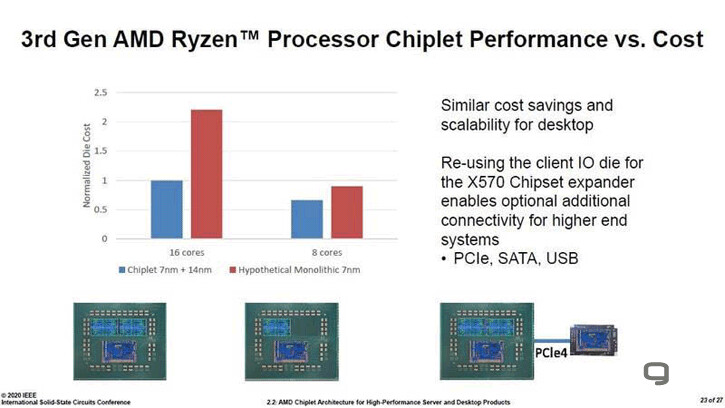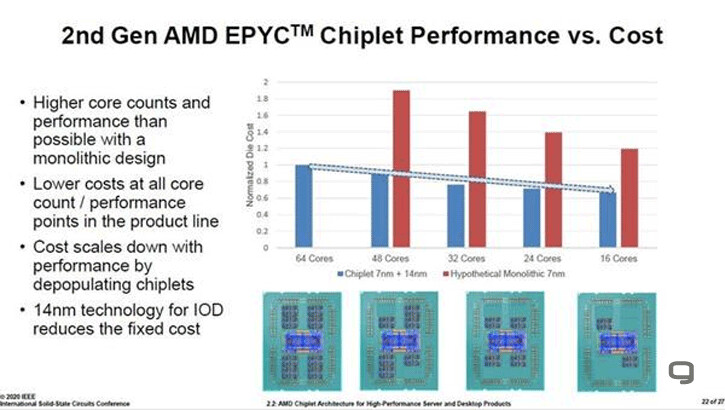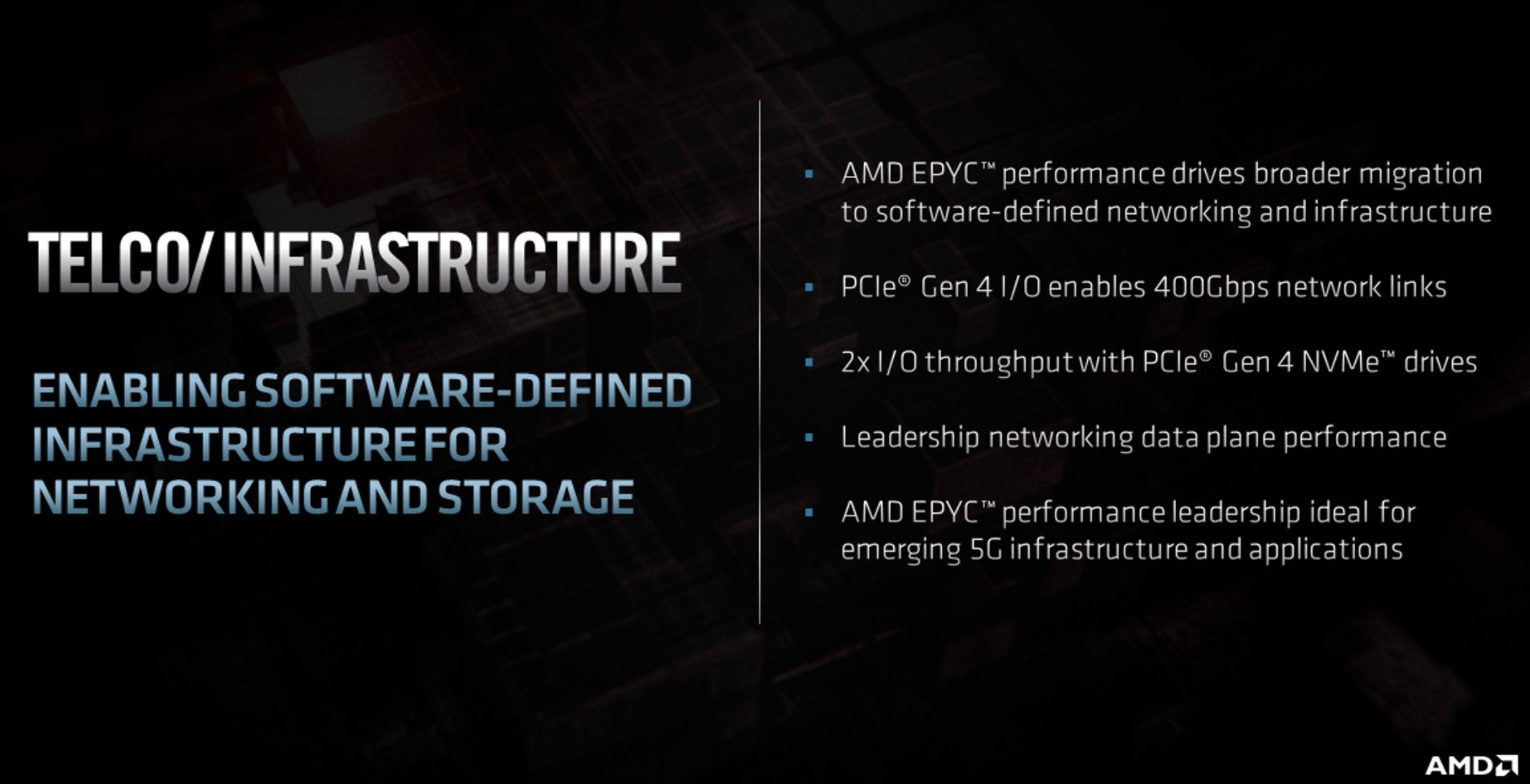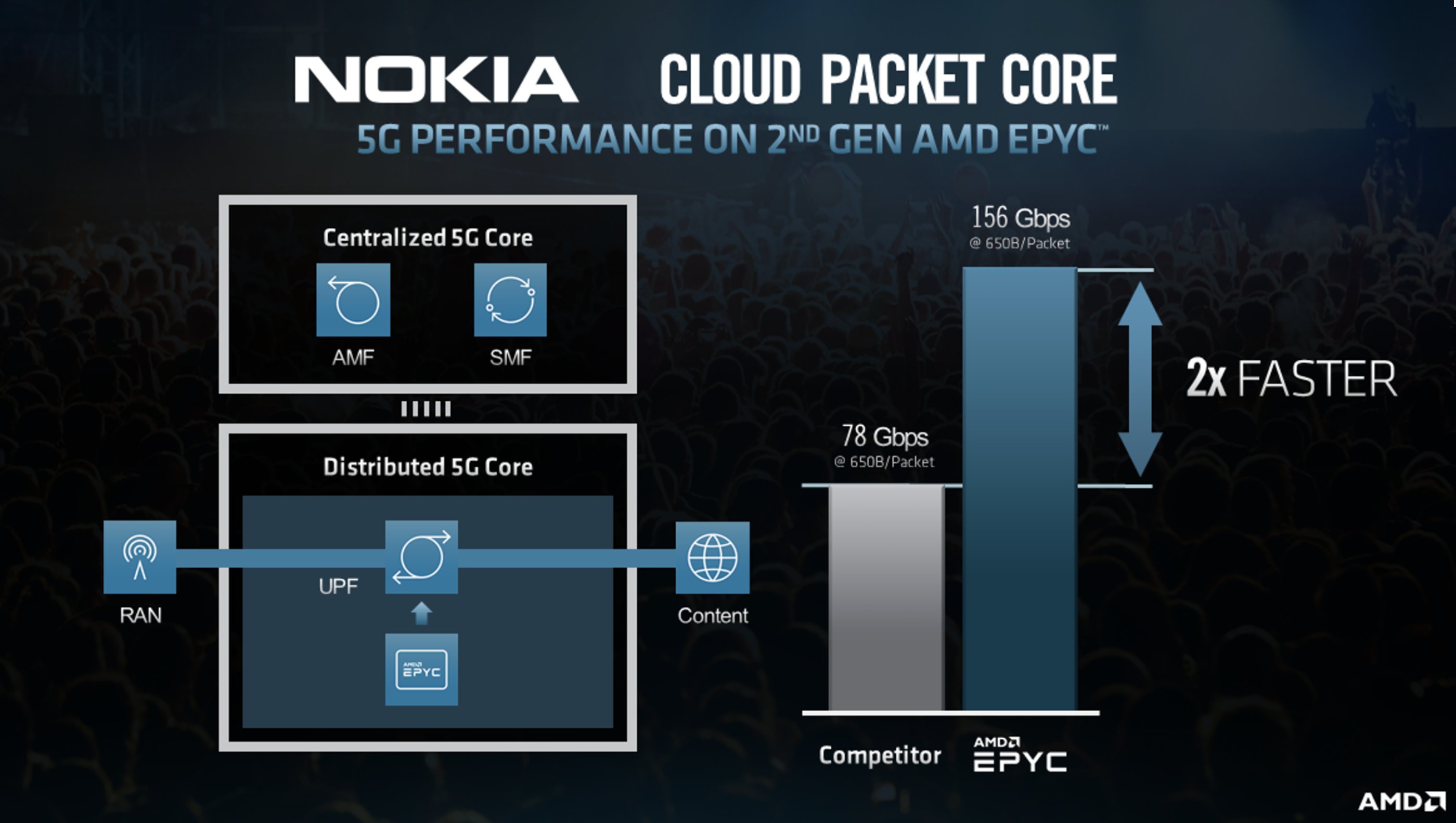Rafx
Power Member
Para uma empresa como a Cloudflare o preço de aquisição é quase peaners. Daí o normal é a Intel (e AMD, se puder) pedir ao largos milhares por cpu's destes, tendo margens/lucro brutais neste segmento.O engraçado mesmo será o preço de cada uma das opções
O importante desdes cpu's para quem os compra é o TCO, total cost of ownership, onde pesa mais a relação consumo energético/performance e o custo de arrefecimento (relacionado com o consumo energético),.. e na relação performance/consumo energético é uma abada de todo o tamanho que a Intel leva.












 só esta semana é que eles celebraram o acordo
só esta semana é que eles celebraram o acordo  por isso que no segundo Slide só tens a Ericsson e a ZTE
por isso que no segundo Slide só tens a Ericsson e a ZTE 



